Tool Storage and Care
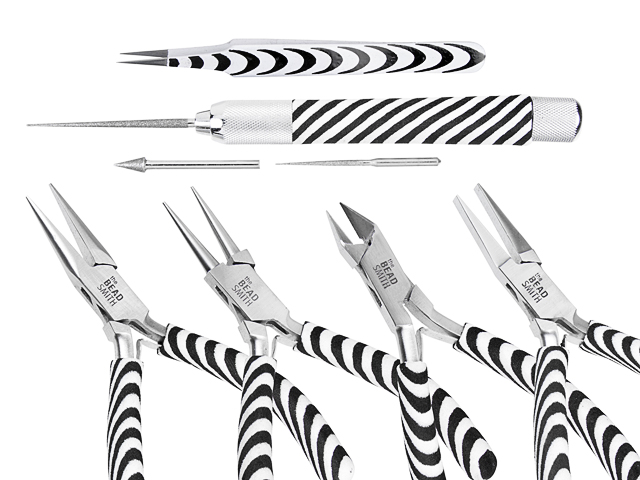
Every master craftsman (or woman!) knows the importance of his (or her) tools. Jewelry making is no different. It's essential to have quality tools for any project and ensure that your tools will last. If you have ever wondered which jewelry making tools should be used for what specific tasks and how to care for them, today's your lucky day. We'll explain to you some of the most basic tools, their functions and how to keep them in pristine condition.
The most important thing to know about caring for all of your tools is where to keep them. Sometimes sneaky spouses and kids will stumble upon high-quality crafting tools and use them to fix any number of odd jobs, potentially damaging them. Make sure to store your tools in a place you frequent but no one else does, and lie them flat to protect the ends. Humid areas can be especially harmful to tools, so take note that your tools should stay in well-ventilated places. If your tools somehow end up collecting a touch of rust, most of the time they can be cleaned with steel wool.
Now that you have a better idea of how to store your tools, it's time to explore some of the basics!
| Side Cutters | Nipper Tool | Chain Nose Pliers | Round Nose Pliers |
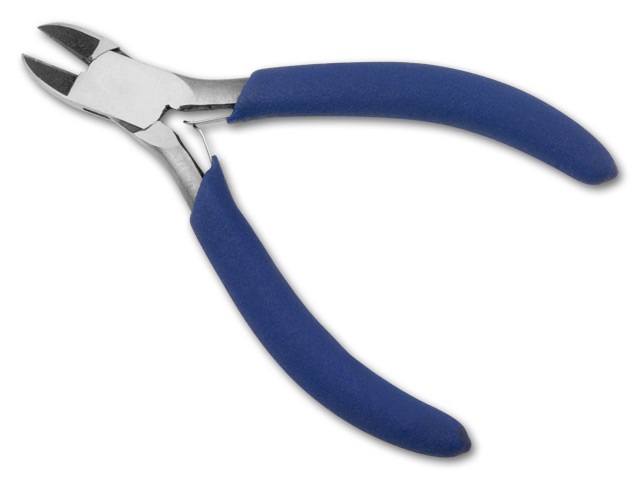 |
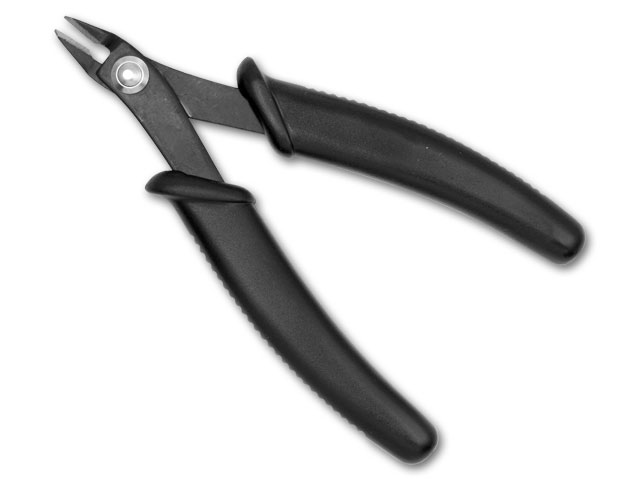 |
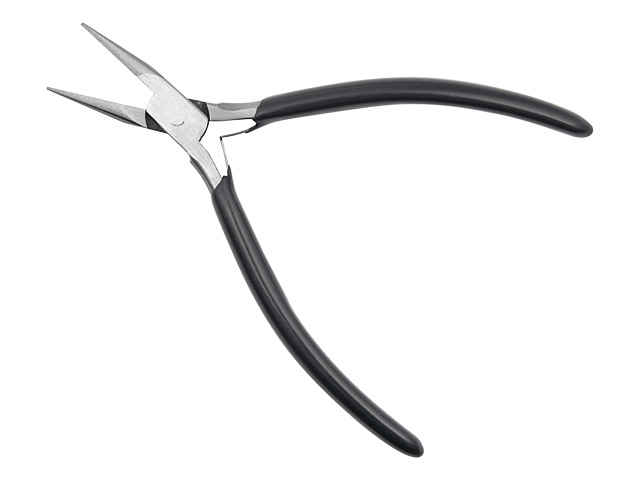 |
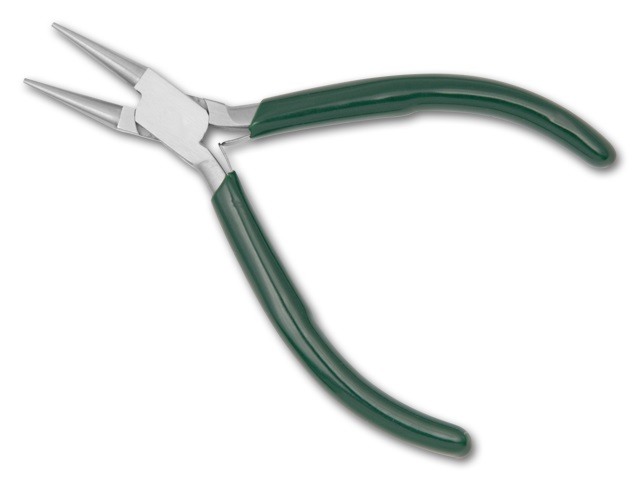 |
| Side cutters should be used when cutting head pins, eye pins and other very fine metals. The semi-flush cut is most common. | The nipper tool is perfect for cutting jewelry wire and soft wires up to 20g thickness. This tool is a good go-to cutter when performing basic beading projects. | Chain nose pliers are ideal when shaping and bending wire. The tapered tips and smooth jaws make closing bead tips or crimping in tight places easy. You can also use chain nose pliers to open and close jump rings. | Round nose pliers should be used when making loops or for wire wrapping. They should not be used to open jump rings as the rounded ends make it hard to grip correctly. |
| Flat Nose Pliers | Crimp Tool | Heavy Duty Cutter | Nylon Jaw Pliers |
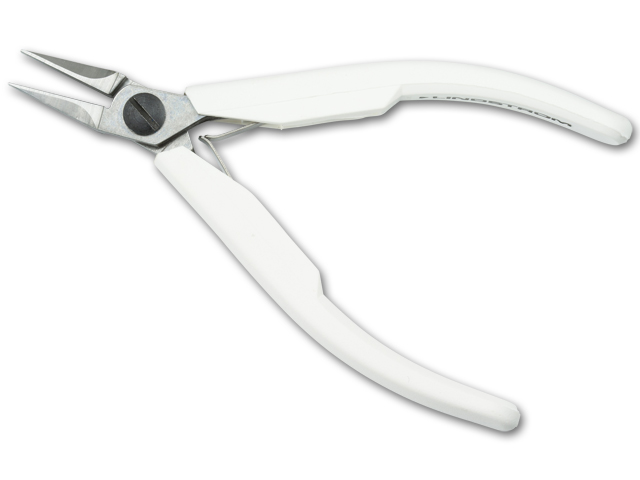 |
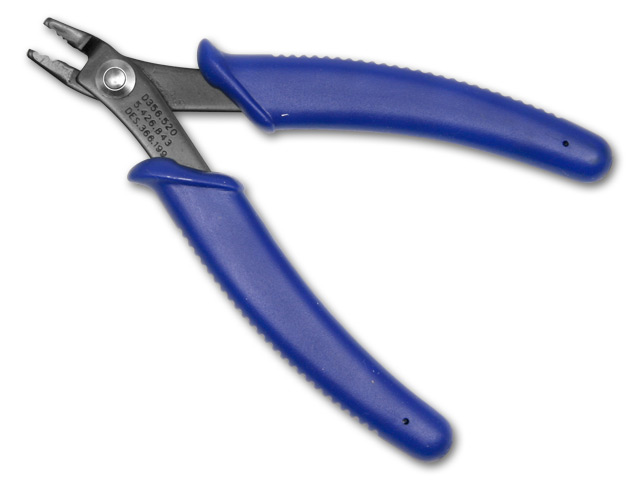 |
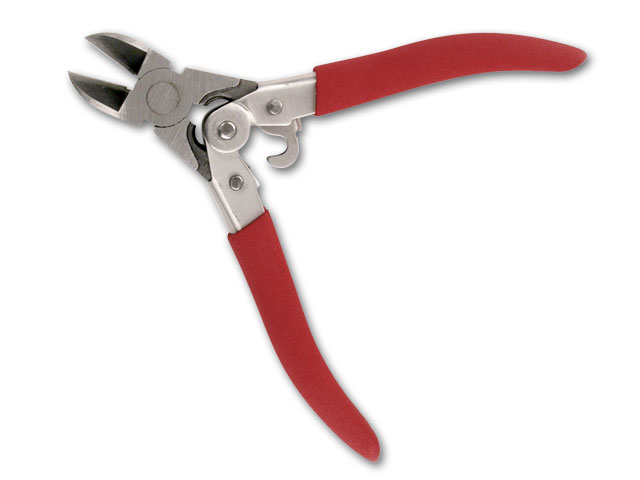 |
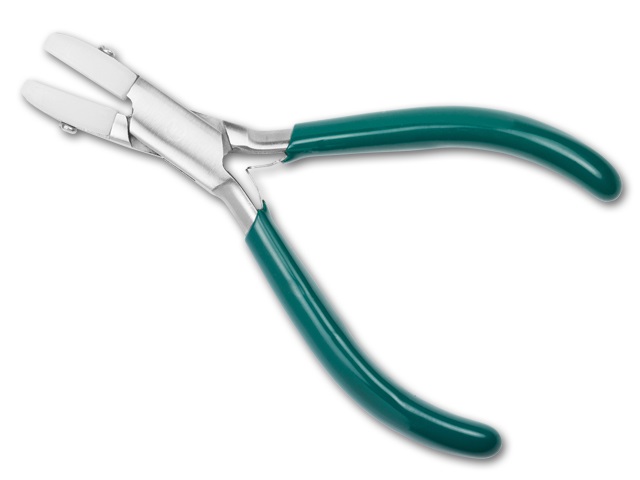 |
| Use flat nose pliers to shape jewelry wire into right angles or to bend jewelry wire straight. The pointed ends allow you to grip flat objects with ease and are great for opening and closing jump rings as well. | The bead crimper tool is designed for finishing crimp tubes. This tool should only be used for this purpose. Its two separate notches in the jaws work in stages to ensure a professional crimp every time. | Use heavy-duty cutters for thick chains and other heavy-gauge components. | Nylon Jaw Pliers are perfect for smoothing out wire ends in wrapped loops or for pinching crimp ends. |
It's also important to regularly check the jaws of pliers and cutters for any scratches that may appear over time. Sometimes you can file away tiny imperfections, but eventually you will need to invest in new tools. With these precautions, though, you can ensure that your tools will have a longer lifespan.
